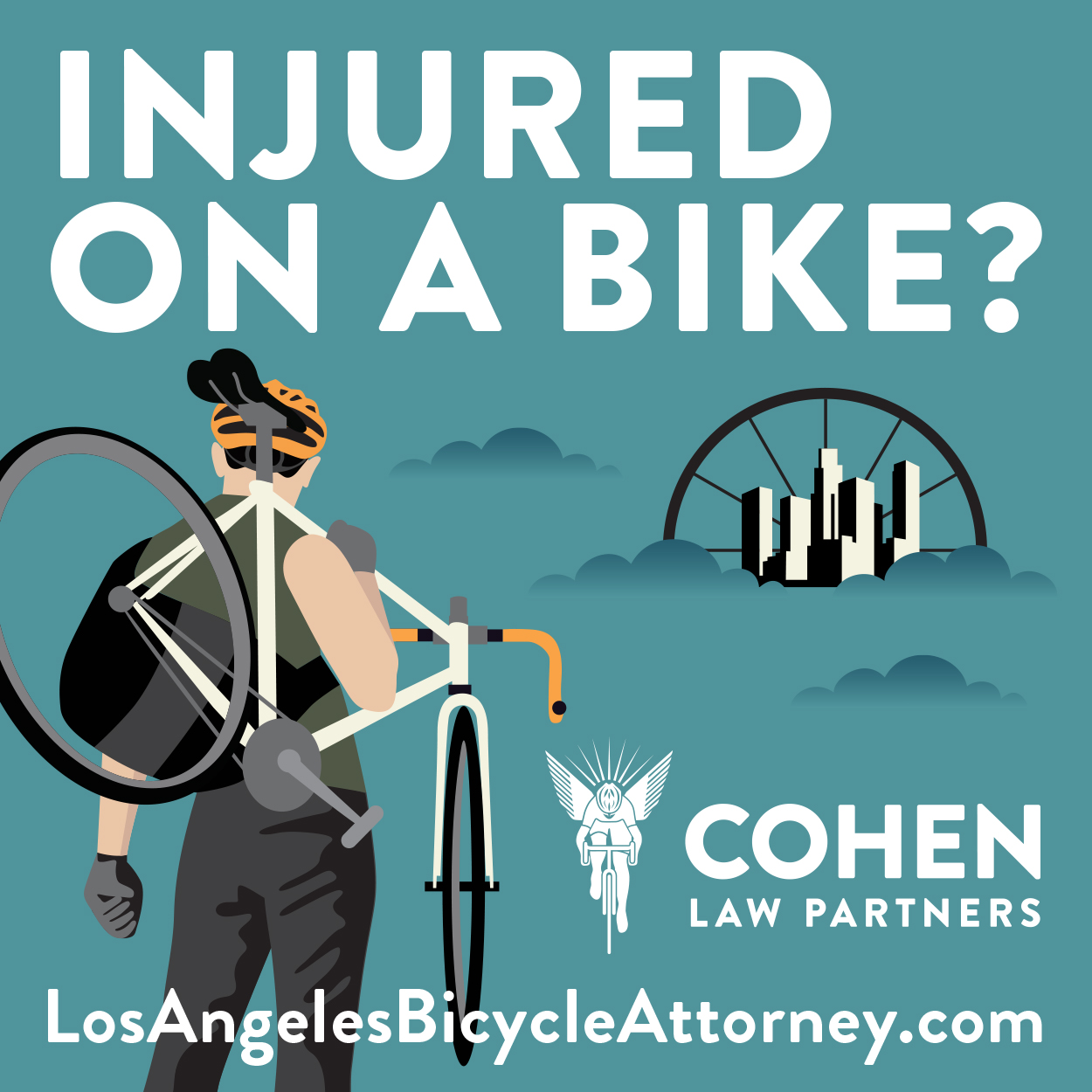
When we published our Bicycle Action Plan update a couple weeks ago, we wanted to highlight all the work that has been done in the last three years since the plan had been approved to encourage more bike riding in Santa Monica.
While the BAP has plenty of bike lanes, sharerows, and other infrastructure improvements outlined in its 300 pages, it also includes a robust plan for education, which the BAP champions as an important component for improving safety for all road users, whether they are on foot, on a bike, or in a car.
That’s why the Santa Monica Police Department’s Traffic Enforcement Division and Community Affairs teamed up with the City of Santa Monica, the Santa Monica Bike Center, and Perry’s Cafe to create a comprehensive and illustrated guide to “Smart Cycling in Santa Monica.”
The guide, a four page color brochure, explains with clear graphics what the rights and responsibilities are for people riding bikes in the city.
According to Lauralee Asch, crime prevention coordinator for SMPD’s Community Relations division, originally, the Police had created a guide but lacked the in-house resources to create graphics. The original brochure, Asch said, just “wasn’t comprehensive enough.”
That’s when the Santa Monica Bike Center offered to lend a hand, Asch said.
“They actually volunteered the services of their graphic designer to illustrate our concepts,” she said.
Since, as anyone who has ridden a bike or walked down a street knows, the interactions on multi-modal roads can be very complicated and the illustrated guide helps to clarify many issues, such as right-of-way.
There’s a section on how to navigate intersections, which shows bicyclists their left turn options — there are two — and which cautions drivers about their need to yield to bicyclists in the bike lane when making right turns.
It also explains that people on bikes can take the full lane and should do so, especially on narrow streets where hugging the side of the road could put bicyclists in danger of collisions with people getting out of their cars.
“We’re constantly doing outreach,” said Asch. “This brochure is just as useful to drivers as it is to riders.” In part, she said, because conflicts arise when drivers aren’t aware of what the rights are of people on bikes.
Last spring, Asch said she and the department had been doing outreach with Santa Monica’s many bike shops.
“We’ve given out quite a few thousand [copies of the brochure] this summer,” including a large supply to Downtown Santa Monica, Inc., the nonprofit that oversees management of the Promenade and surrounding areas.
And, SMPD has just released a new, digital-friendly version which people can download and access on mobile devices.
Education, as the BAP recognizes, is a vital piece of the puzzle when it comes to promoting active transportation and in places like Santa Monica, Asch said, the bayside city is in a special position to help promote safe shared streets.
“We’re at the forefront of having to learn coexistence,” she said, “because we are such a bicycle-friendly community.”
Just how bicycle friendly? Well, Santa Monica has seen a 356 percent increase in the number of people riding bikes, well above the national average of 61 percent increase. And though bike ridership is up, crashes are down.
According to Lucy Dyke, Santa Monica’s deputy director of special projects, intersections through which more than 200 bikes pass each day see fewer crashes. And the number of intersections with that volume of bike traffic has been increasingly significantly throughout the city, resulting in safer intersections for all.
That isn’t to say crashes aren’t still a problem. Since 2011, the Santa Monica Police Department said they have investigated 874 serious collisions, which resulted in death or injury and involved peds and bicyclists.
Still, the Smart Cycling brochure — and other’s like it, including the one put out by Santa Monica Spoke — are vital to making sure, as the brochure says, “our roadways and paths provide safe passage for all.”

